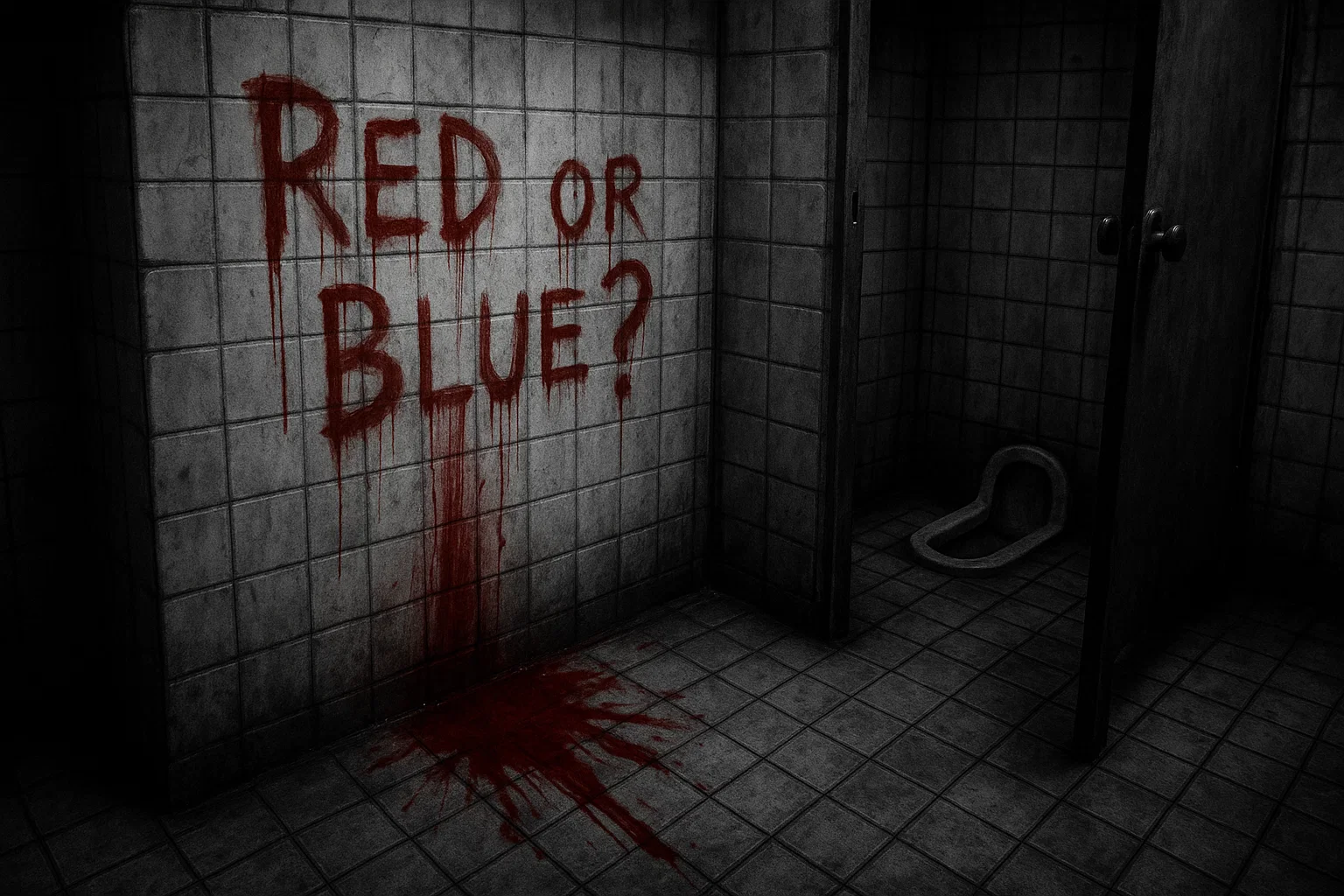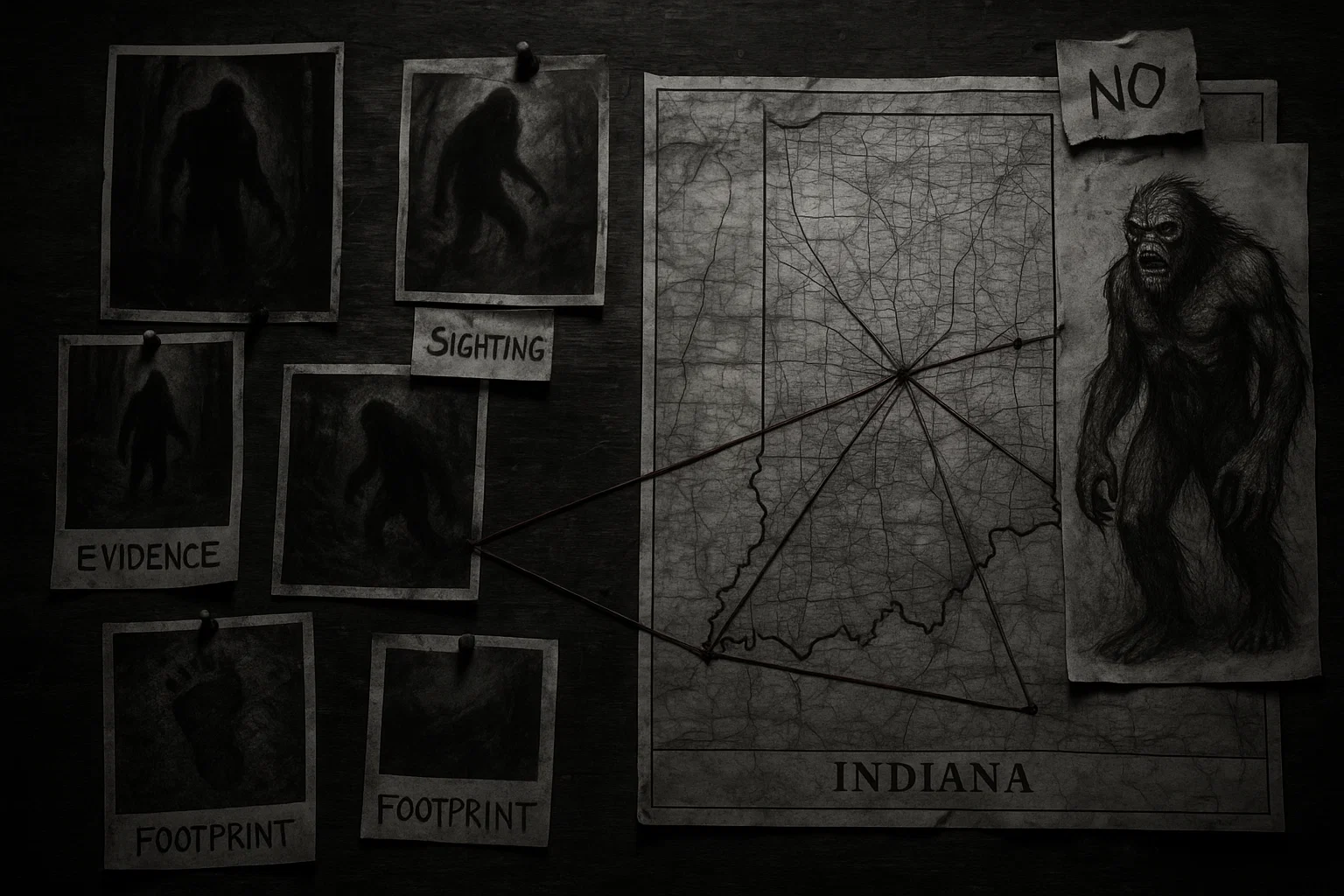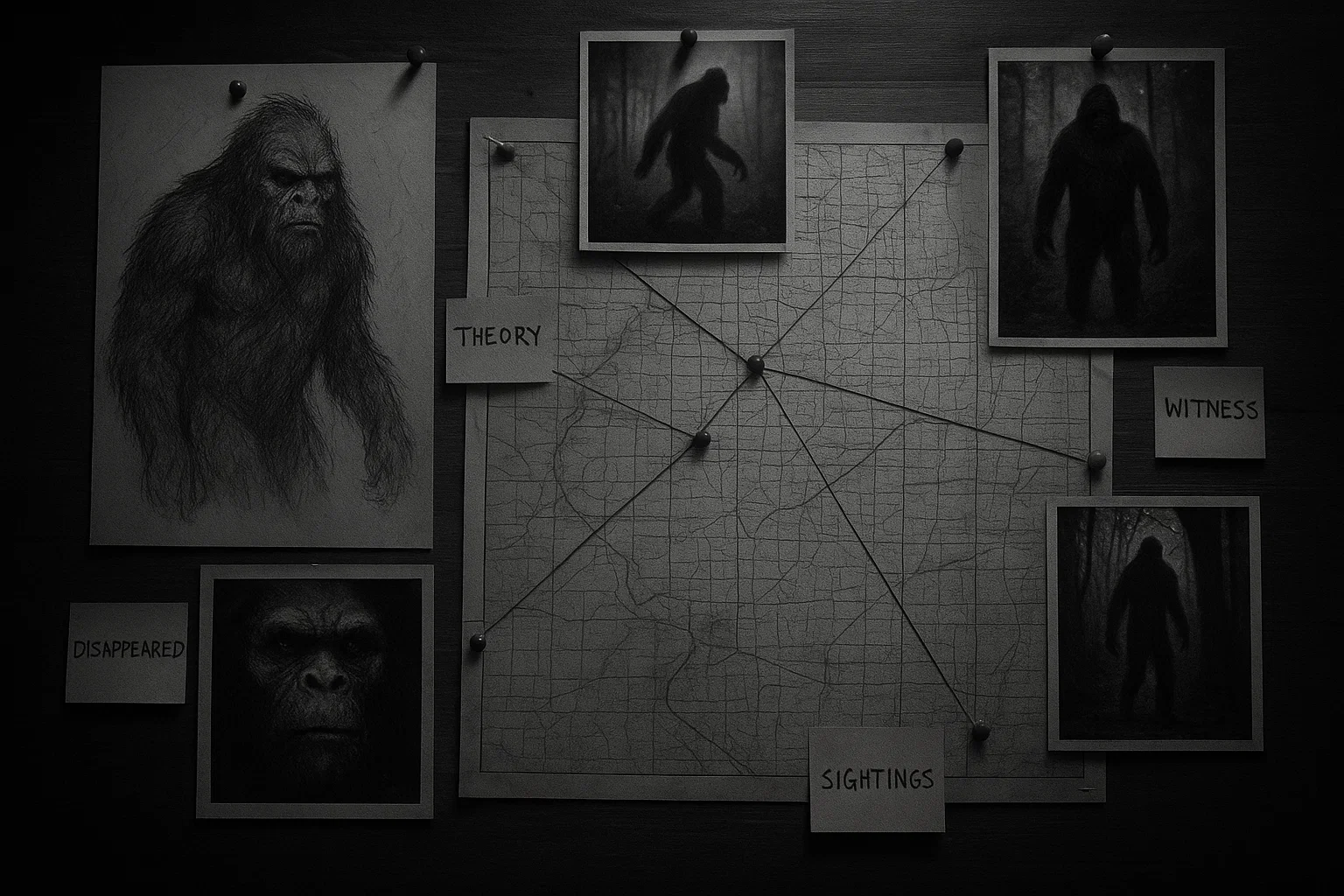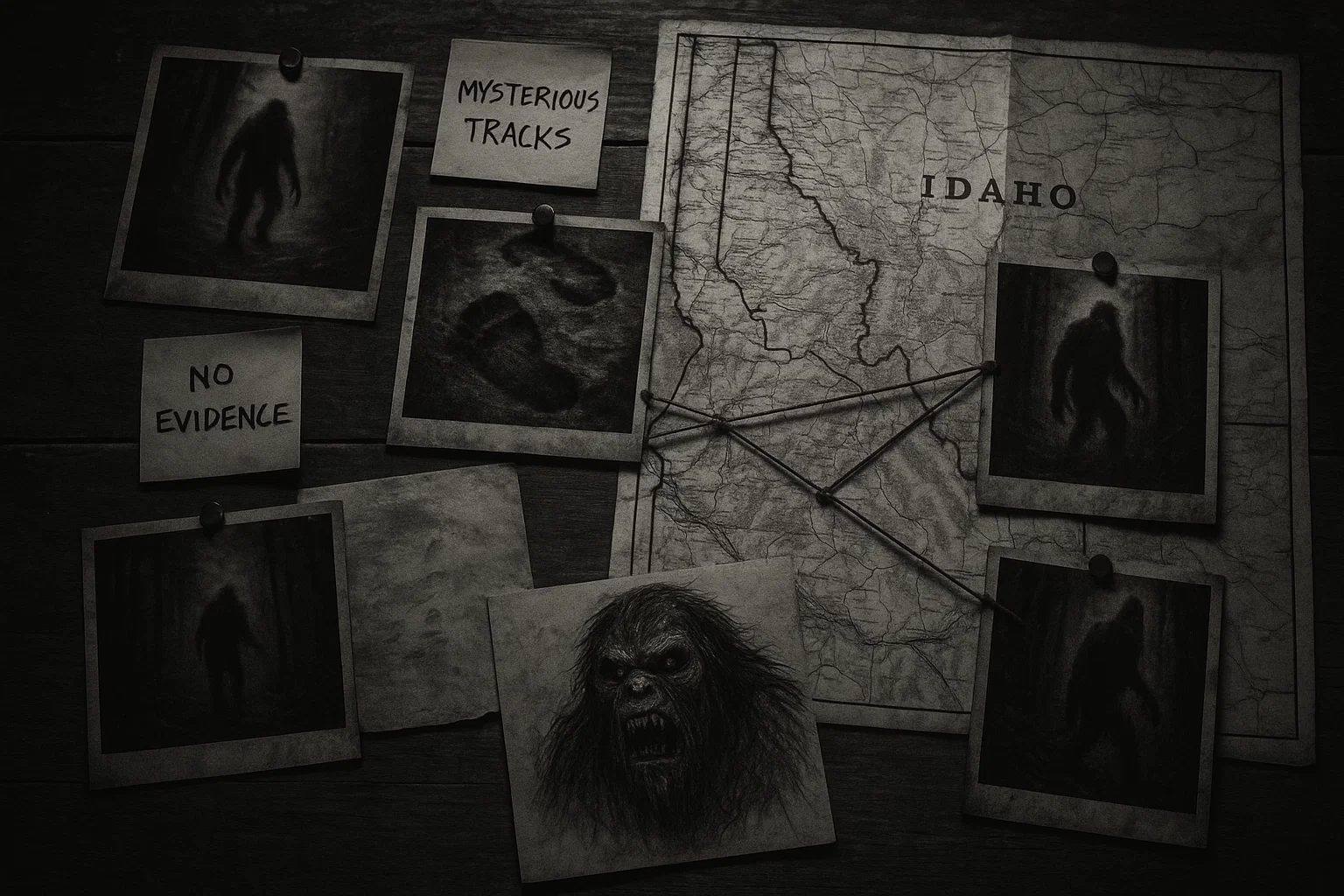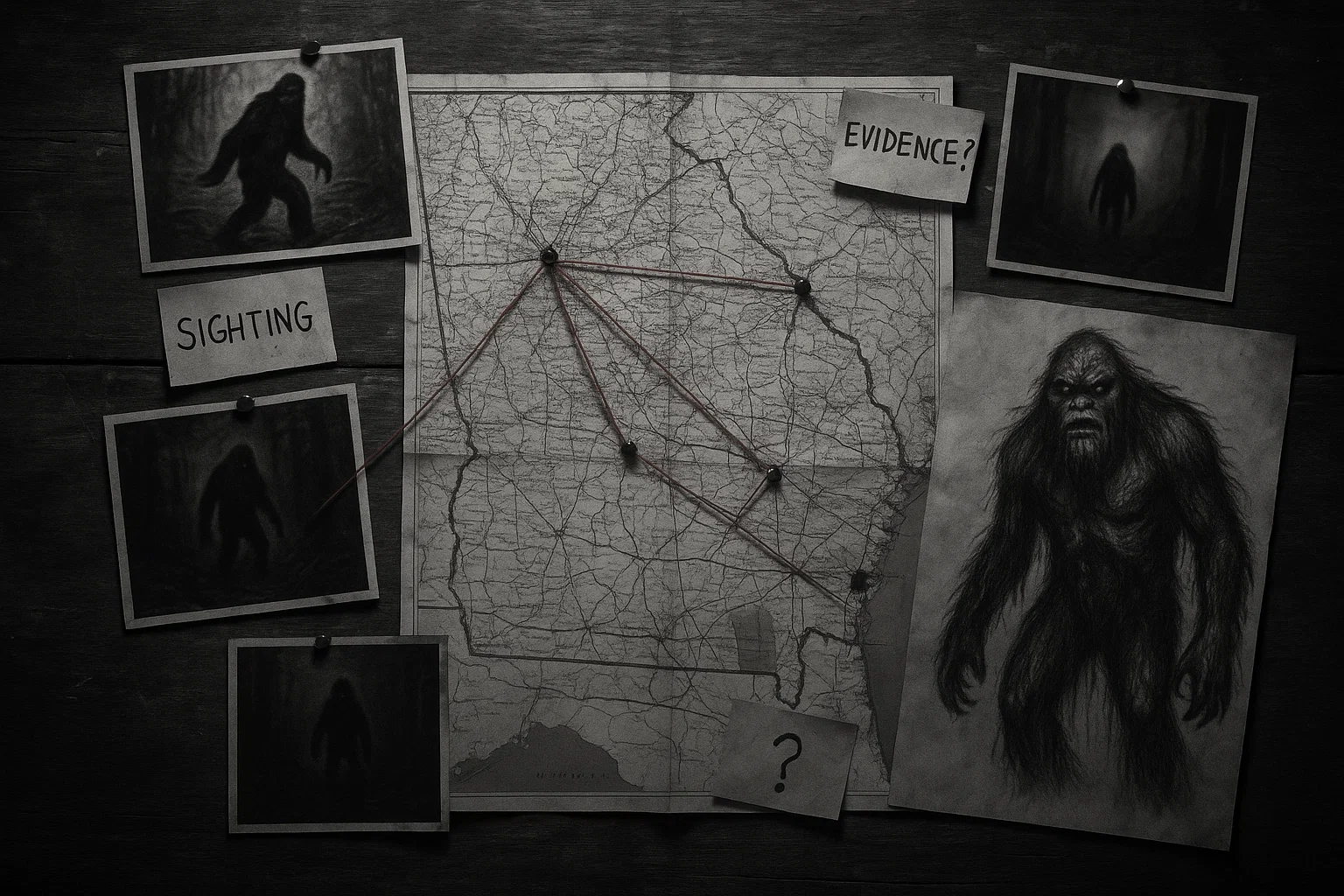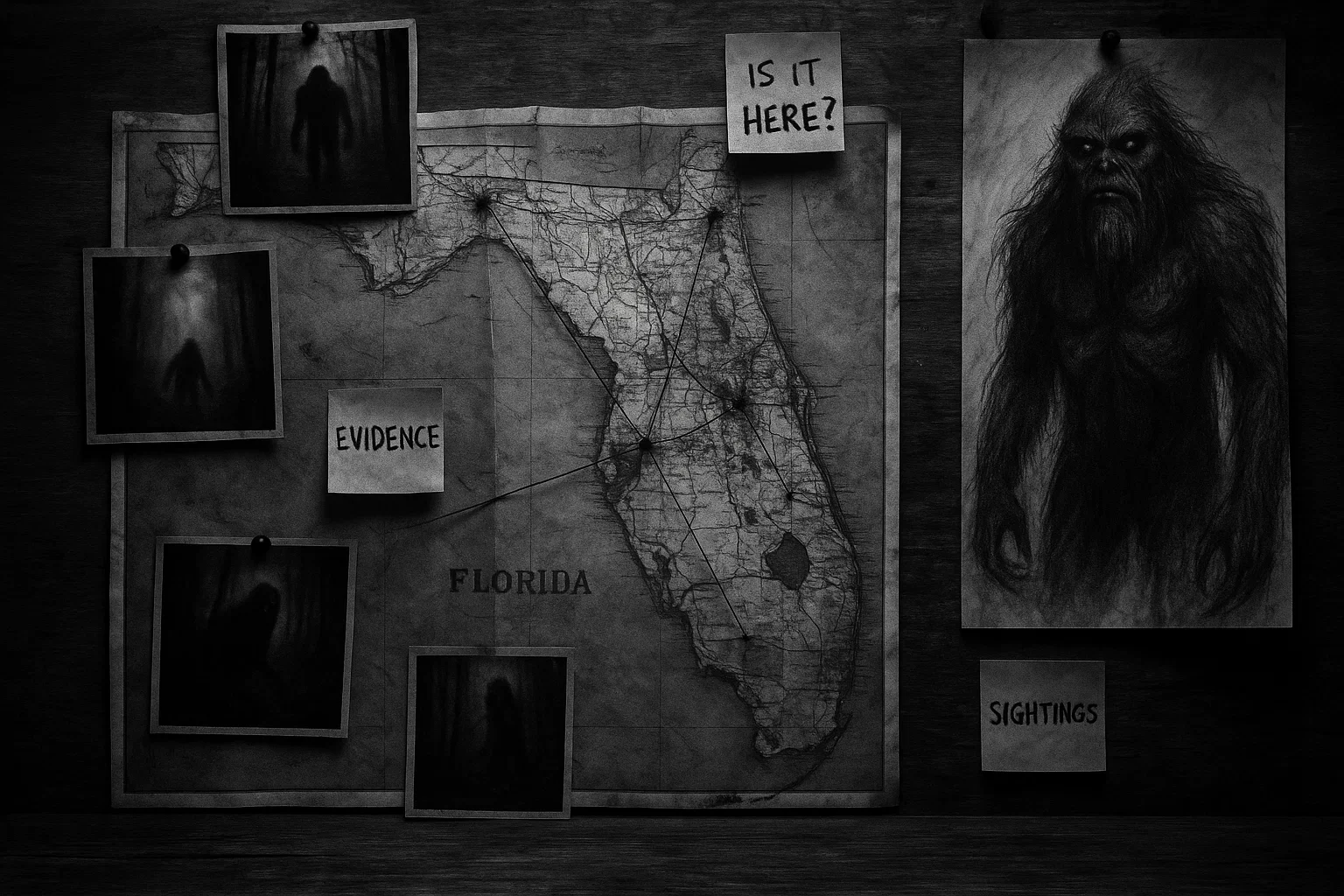In the chilling horror story “Red or Blue?,” a 17-year-old student, Yumi Takahashi, faces a terrifying encounter in the shadowy bathrooms of Tennoji High School in 1934 Osaka. Alone after a late-night study session, Yumi hears a sinister whisper from the last stall, offering a deadly choice that pulls her into the heart of the Aka Manto legend, a Japanese urban myth steeped in dread. This gripping horror story weaves psychological terror, eerie atmosphere, and supernatural suspense, plunging readers into a world where every decision could be fatal.
Table of Contents
Chapter 1: The Weight of Silence
The clock in Tennoji High School’s study room ticked relentlessly, each second a hammer against Yumi Takahashi’s nerves. It was 11:45 p.m., November 12, 1934, and the 17-year-old sat alone, her pencil trembling over a notebook crammed with kanji and algebra.
Yumi’s dark hair hung like a veil, hiding her tired eyes—eyes that burned from hours of study. She wasn’t just a student; she was her mother’s hope, the daughter of a seamstress who’d sacrificed everything to keep Yumi in school.
Failure wasn’t an option—not with midterms looming and her mother’s weary voice echoing: “You’ll make us proud, won’t you?”
The school felt wrong at this hour. The hallways, usually alive with chatter, were now a void of silence, broken only by the occasional creak of settling wood. Yumi’s classmates had left hours ago, their laughter fading as they piled into the chilly Osaka night.
Even Mr. Sato, the math teacher with a permanent scowl, had grumbled, “Lock up when you’re done, Takahashi,” before abandoning her to her books. She’d nodded, clutching the key, but now—alone in the vast, empty building—she regretted it.
Her stomach twisted, hungry and sour. She’d skipped dinner again, too focused on perfecting her equations. A splash of cold water might clear her head, she thought, shoving her chair back. The girls’ bathroom was down the hall, past rows of lockers that glinted like teeth in the dim light.
As she stepped into the corridor, the air grew heavier, carrying a faint, metallic tang—like old coins or… blood? She shook off the thought, blaming her tired mind.
The bathroom door groaned as she pushed it open, its hinges protesting with a low, guttural wail. Inside, the fluorescent lights flickered, casting jagged shadows across the white tiles.
The air was damp, thick with the sharp sting of bleach and something else—something sour, like rust or decay. Yumi’s sneakers squeaked as she approached the sink, her reflection in the cracked mirror pale and hollow. She turned on the tap, wincing at the icy water, and reached for a paper towel.
That’s when it came—a whisper, low and rasping, from the last stall: “Red paper or blue paper?”
You May Also Like: The Samurai’s Curse: A Horror Story of Vengeance
Chapter 2: The Voice in the Dark
Yumi’s hand froze, water dripping from her fingers like tears. The voice wasn’t human—it couldn’t be. It was too deep, too hollow, like wind scraping through a forgotten well.
Her heart slammed against her ribs, each beat loud enough to drown out the faucet’s drip-drip-drip. She turned, her breath catching as she stared at the row of stalls.
The first three were open, their doors swaying slightly, as if nudged by an invisible hand. But the last one—the fourth, farthest from the exit—was locked, its bolt turned to “occupied.”
“Red paper or blue paper?” the voice hissed again, sharper, more insistent.
Yumi’s mind raced. A prank? Her classmate Kenji was notorious for his tricks—last week, he’d hidden in a locker to scare Aiko, Yumi’s best friend.
But Kenji had left with the others; she’d seen his lopsided grin as he waved goodbye. This voice… it wasn’t his. It wasn’t anyone’s. It slithered into her ears, cold and wrong, raising goosebumps along her arms.
“Who’s there?” she whispered, her voice trembling. The words felt fragile, dissolving into the heavy air.
The stall door creaked, inching open to reveal a sliver of darkness. No light spilled out, no shadow of a person—just an abyss that seemed to drink the bathroom’s faint glow. Yumi’s legs screamed to run, but her curiosity—that stubborn, reckless flaw—rooted her in place. She’d always been the one to solve puzzles, to peek at the forbidden. Could she turn away now?
“Is someone in there?” she called, stepping closer despite the terror clawing her chest. Her sneakers squeaked louder, echoing like a warning.
“Choose,” the voice growled, slow and deliberate. “Red… or blue?”
Yumi’s breath hitched. She knew the stories—every student at Tennoji did. Aka Manto, the red-cloaked ghost who haunted bathrooms, offering a deadly choice: red for slashes, blue for strangulation.
The tales were whispered in the cafeteria, passed like secrets: “Don’t answer him,” Aiko had said, her eyes wide, “or you’re done for.” Yumi had scoffed—ghosts were for children, not for a girl who trusted logic. But now, in the flickering gloom, logic felt like a crumbling wall.
“I… I don’t need paper,” she stammered, backing toward the sink. “I’m fine—really!”
A low chuckle rumbled from the stall, chilling her bones. “That’s not an option,” it hissed. “Choose, or I’ll choose for you.”
Chapter 3: The Yellow Gambit
Panic surged, hot and suffocating. Yumi’s sneakers slipped on the wet tiles, her hands gripping the sink’s edge. The exit was only ten feet away, but it felt like a mile, the air thickening with each second. Her mind scrambled for an escape.
She remembered a story—a variation Aiko had mentioned, giggling nervously: choosing a different color might trick Aka Manto, might buy time. It was a desperate gamble, but what else could she do?
“Yellow,” she blurted, her voice cracking. “I choose yellow paper!”
Silence crashed down, heavy as a coffin lid. The lights flickered, buzzing like angry insects.
Then, with a deafening BANG, the stall door slammed shut. A gust of wind tore through the bathroom—impossible, with no windows—snuffing out the lights. Darkness swallowed Yumi whole.
She screamed, stumbling into the sink, her hands fumbling blindly. The air turned frigid, prickling her skin, and she heard it: footsteps—slow, deliberate, scraping—circling her in the black.
“Yumi?” a faint voice called, not from the stall but from the hallway. It was Aiko, her best friend, who’d promised to wait nearby but must’ve lingered.
“You okay in there?”
Yumi’s heart leapt, but before she could answer, the footsteps stopped. A new sound replaced them—a wet, gurgling chuckle, like someone drowning in their own throat.
She fumbled for her phone, her fingers shaking so badly she nearly dropped it. The flashlight beam cut through the dark, revealing… nothing. The bathroom was empty.
The stall door hung closed, the lock flipped to “vacant.” No wind, no voice—just the hum of the lights struggling back to life.
“Aiko!” Yumi gasped, bolting for the door. But as she passed the last stall, something caught her eye—a crumpled sheet of yellow paper on the floor, its edges stained rust-brown, wet and glistening. Blood? Ink? Her stomach lurched, and she ran, the door slamming behind her as she stumbled into the hallway.
Aiko stood there, her round face pale under the corridor’s dim light. “What happened? You look like you saw a ghost!”
Yumi couldn’t speak, her breath ragged. She grabbed Aiko’s arm, dragging her toward the exit. “We need to go—now!”
You May Also Like: The Village of Starving Souls | Horror Story
Chapter 4: The Stain Spreads
The next morning, Tennoji High buzzed with nervous energy. Yumi didn’t show up for class. Her desk sat empty, her notebook open to a page of half-finished equations, smudged with frantic pencil marks.
By noon, the rumors began. Kenji, the class clown, whispered to anyone who’d listen: “They found her in the bathroom—the last stall. She was… cut up, blood everywhere.” Aiko, pale and trembling, shook her head, insisting Yumi had made it out with her last night. But no one had seen her since.
At 2:00 p.m., a scream echoed from the girls’ bathroom. A first-year student, Hana Mori, had gone to wash her hands and found the last stall locked. When she peeked under the door, she saw blood—thick, dark, pooling across the tiles.
Teachers rushed in, followed by police, who cordoned off the area. They found no body, but the stall was a nightmare: deep gashes marred the walls, as if clawed by something sharp and furious. A single yellow paper towel lay in the corner, soaked red, its edges curling like a dying leaf.
The school closed the bathroom, posting a “Broken” sign on the door. But the whispers didn’t stop. Students swore they heard voices at night—low, rasping, asking that dreaded question: “Red paper or blue paper?” Aiko, haunted by guilt, confessed to Mr. Sato that she’d left Yumi alone too long.
“She was scared,” Aiko sobbed. “I should’ve gone in with her.”
Mr. Sato, his face gray, dismissed it as nonsense. “Takahashi probably ran off—stress, you know? Exams are tough.” But his hands shook as he locked the study room that evening, his eyes darting to the hallway’s shadows.
Chapter 5: The Ghost’s Reach
Weeks passed, but Tennoji High never recovered. The bathroom remained sealed, yet strange things happened.
A janitor, Hiroshi Tanaka, quit after finding a message scratched into the stall’s wall: “Yellow wasn’t enough.” He claimed the air grew colder each time he cleaned near it, the smell of rust overpowering the bleach.
Students avoided the third-floor corridor, especially after dark, when the lights flickered and the air felt… alive.
Aiko, desperate to understand, dug into the school’s history. In the library, she found a dusty record from 1910: a girl, Emi Nakamura, had died in that same bathroom, her body found with unexplained cuts.
The official report called it a suicide, but rumors tied it to a red-cloaked figure—a teacher who’d vanished after her death. Aiko’s hands trembled as she read, the pieces clicking into place. Was Aka Manto real? Had Yumi faced something older, darker than a prank?
She confided in Kenji, who, for once, wasn’t joking. “My grandpa warned me about that stall,” he said, his voice low. “Said it’s cursed—something about a fire in the 1890s, before the school was rebuilt. People died, and… something stayed.”
That night, Aiko returned to the bathroom, determined to find answers. She brought a candle, a Shinto charm, and Kenji, who clutched a baseball bat like a lifeline.
The air was freezing, the tiles slick with condensation. As they reached the last stall, the candle flickered, casting grotesque shadows. Aiko whispered a prayer, her breath visible in the chill.
“Red paper or blue paper?” The voice came from everywhere—behind, above, within. Kenji yelped, swinging his bat at nothing. The candle went out, plunging them into darkness.
Aiko fumbled for her matches, but something grabbed her wrist—cold, wet, impossibly strong. She screamed, thrashing, as Kenji shouted her name. The grip tightened, and then—nothing. The lights buzzed back on, revealing an empty bathroom. The stall door was open, the lock broken.
Kenji found Aiko outside, curled up by the lockers, her wrist bruised with finger-shaped marks. She wouldn’t speak, only stared at the charm, now torn in half. On the floor beside her lay a yellow paper towel, its edges red and glistening.
You May Also Like: The Midnight Traveler | Horror Story
Chapter 6: The Eternal Question
By December, Tennoji High was a shell of itself. Parents pulled students out, citing “safety concerns.” The bathroom was boarded up, but the incidents didn’t stop.
A teacher saw a red-cloaked figure in the mirror, vanishing when she turned. A student heard scratching from the sealed stall, like nails on tile. The school hired a priest to perform an exorcism, but he left pale, muttering about “something ancient, something angry.”
Yumi Takahashi became a legend, her name whispered alongside Aka Manto. Some said she’d survived, hiding in shame; others insisted she’d been taken, her soul trapped in that stall.
Aiko and Kenji never spoke of that night, but they carried the marks—Aiko’s bruised wrist, Kenji’s nightmares of a masked face.
Years later, in 1950, a new janitor found another message in the bathroom, carved deeper: “No choice escapes me.”
The school painted over it, but the words reappeared, etched into the tiles, the walls, even the mirrors. Students swore the air grew colder each year, the smell of blood stronger. And at night, when the school stood empty, a voice echoed through the halls: “Red paper or blue paper?”
Aka Manto waited, patient and eternal, its question a trap no one could outrun. For Yumi, Aiko, and countless others, the Osaka School Incident wasn’t just a story—it was a warning.
Choose wisely… or don’t choose at all.

